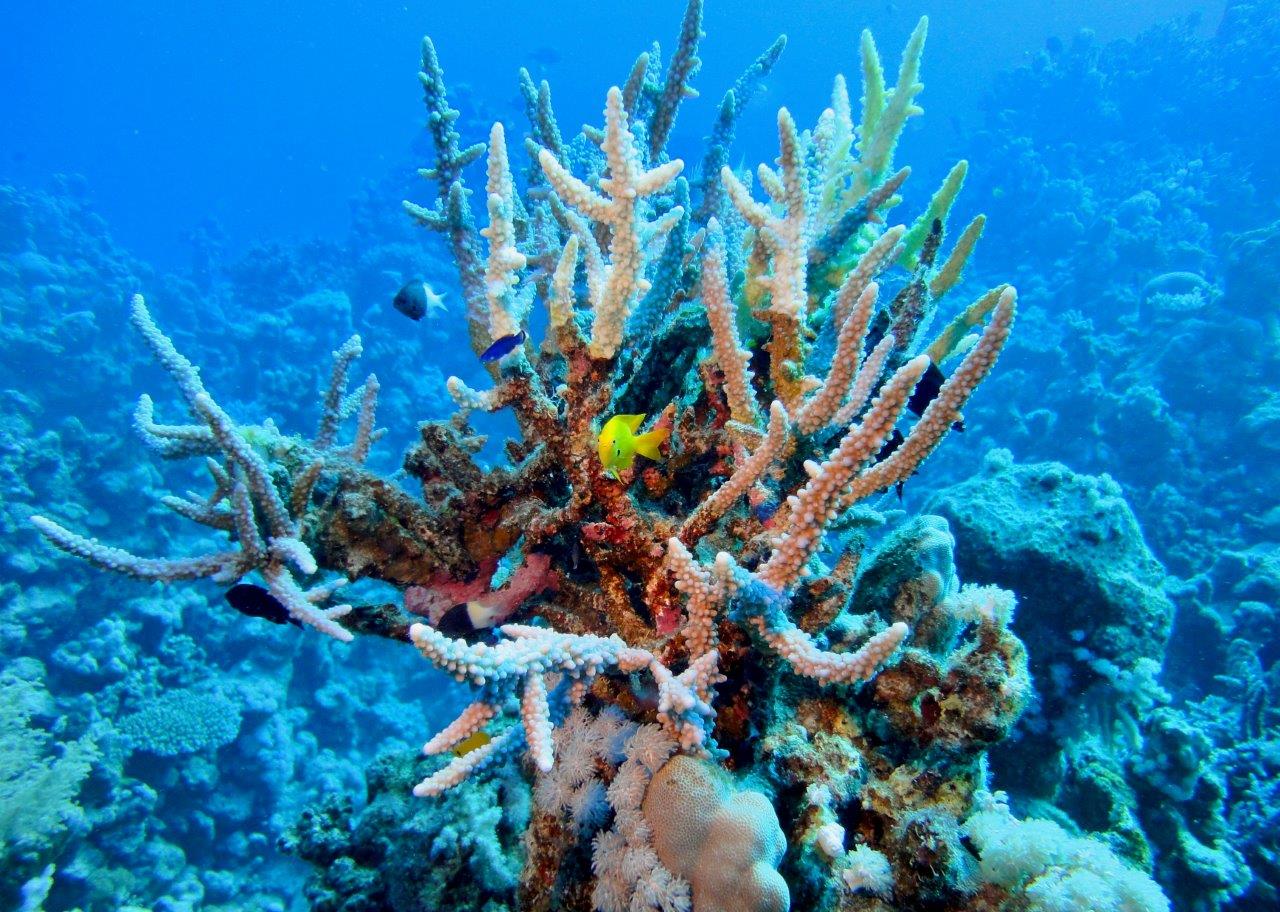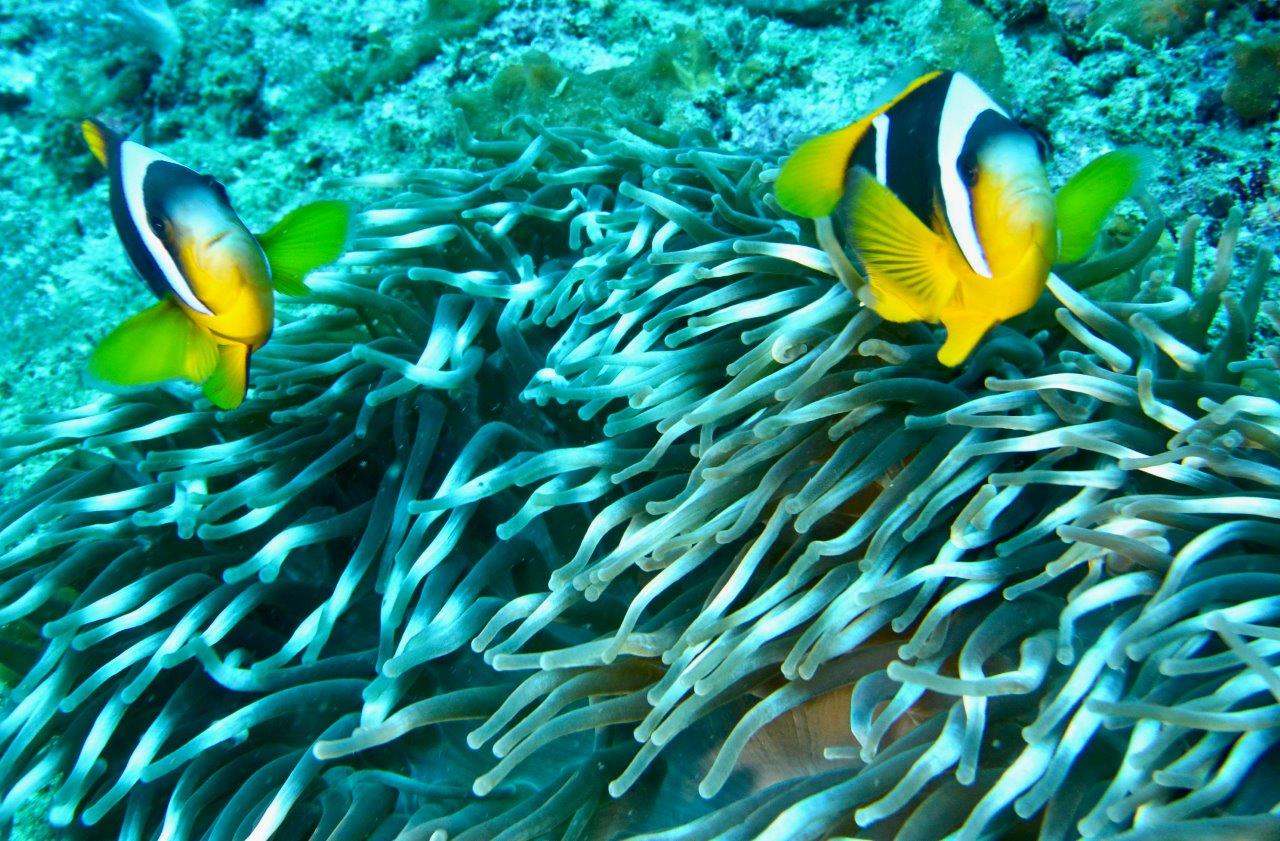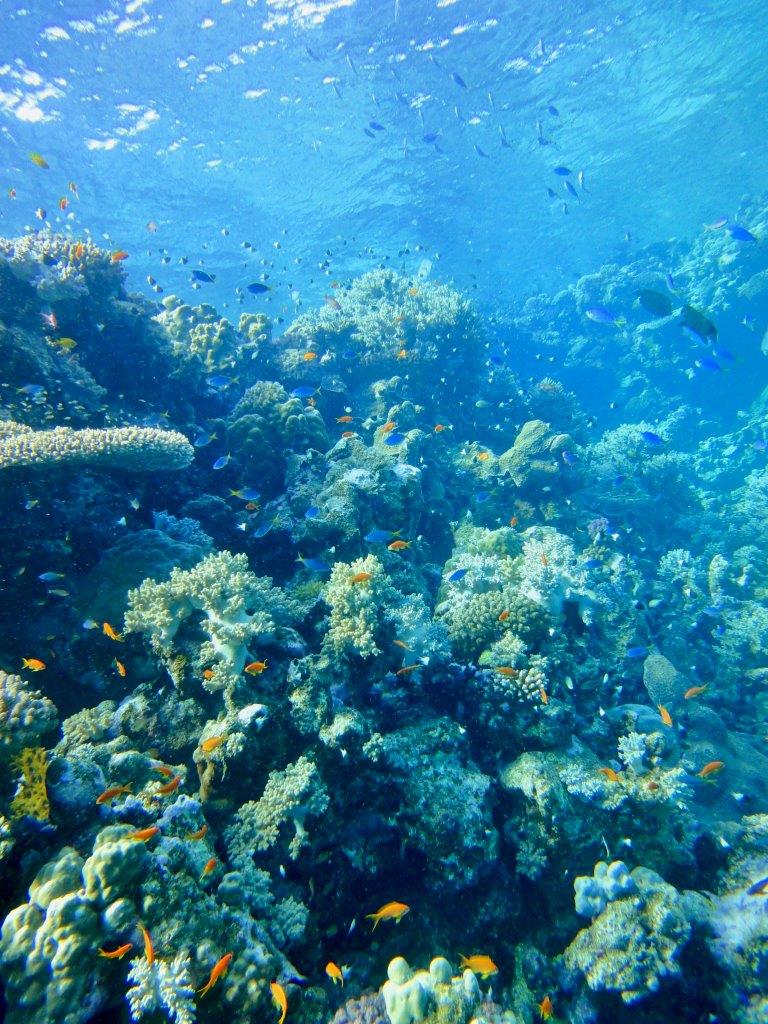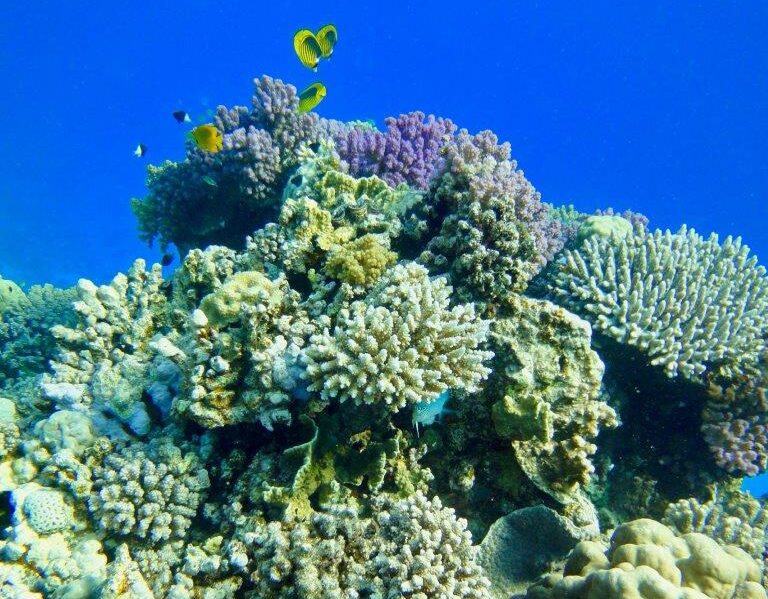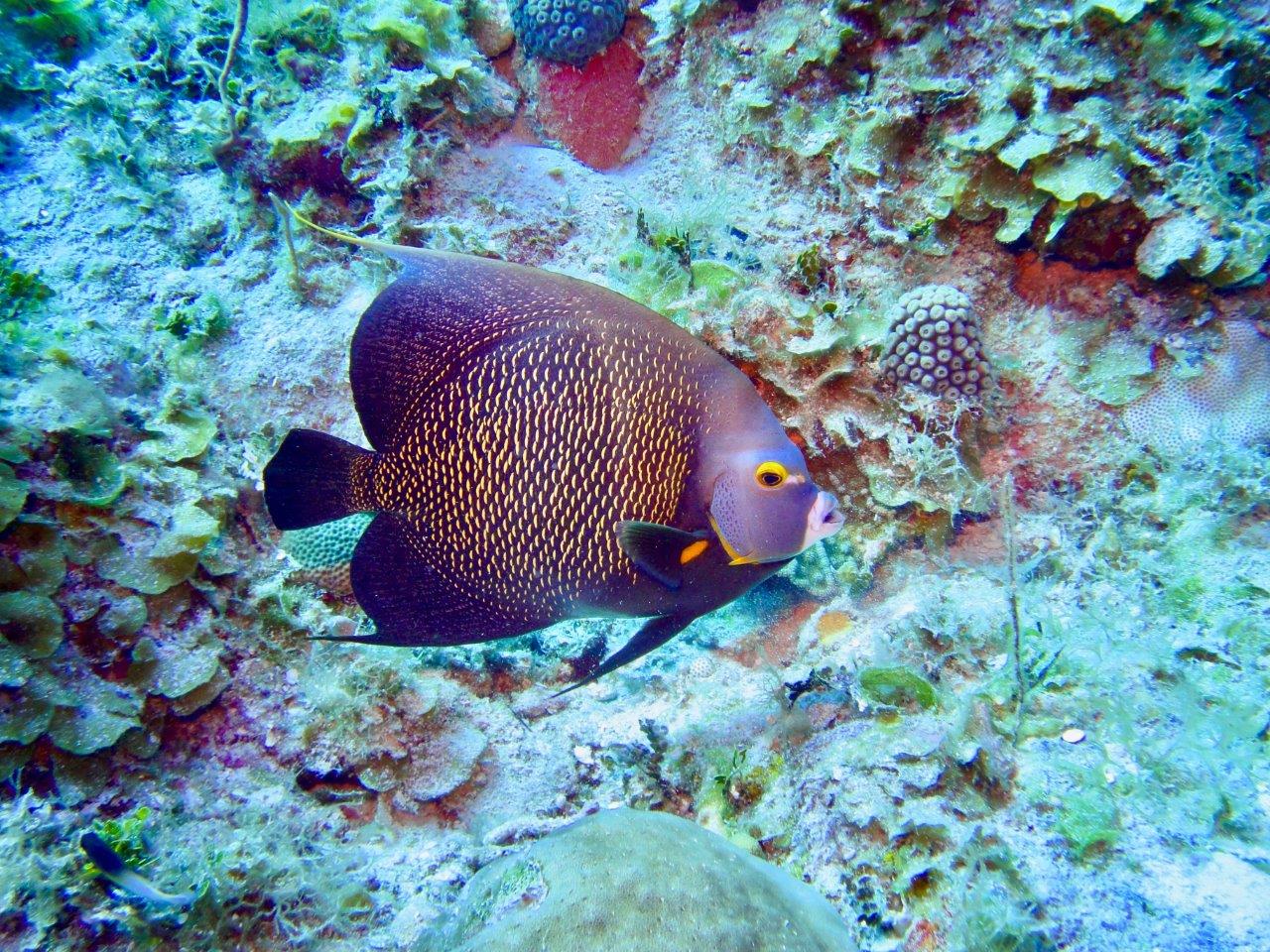How is Australia’s Great Barrier Reef doing? It has halved in the last 25 years
The news isn’t good, even for this incredible and enormous ecosystem

The news isn’t good, even for this incredible and enormous ecosystem
How is Australia’s Great Barrier Reef really doing? It is the biggest barrier reef in the world with its 2300 kilometres in length. Unfortunately, it is not in good health, as confirmed by a recent study carried out by Australian scientists, who reported that half the coral making up the reef has died since 1995.
The study, led by doctor Andy Dietzel from the ARC Center of Excellence for Coral Reef Studies in Queensland, measured the changes that took place in the size of the colonies, believing that studies on population numbers are extremely important to understand the demographics and reproduction of the coral. Dietzel and his colleagues, Michael Bode, Sean Connolly and Terry Hughes measured the coral communities and their colonies, comparing the numbers with studies done in 1995. The results clearly show that there has been a reduction in overall population.
“The decline – notes Terry Hughes – has taken place mostly in surface water rather than deep water and in practically all species, but particularly in branch coral like staghorn coral (acropora cervicornis), and in umbrella coral. These have been most affected by the record temperatures that began the mass whitening in 2016 and 2017.”
The most interested parts are the northern and central areas, but also the southern area has been damaged due because of the high temperatures at the beginning of 2020. The cause is certainly due to long-term dynamics, caused by global warming, which also caused the oceans to warm, in addition to a series of local events that contributed to killing the colonies: a number of cyclones, four mass whitening events (caused by the death of the algae that live symbiotically with the coral, Zooxanthellae) and two large outbreaks of the starfish, Acanthaster Planci (crown of thorns).
The proliferation of this species of starfish is essentially connected to the capture of the species which eat them, allowing them then to reproduce quickly. Its main nemesis is the gastropod Charonia Tritonis, a shellfish that is caught to be sold to tourists as a souvenir. Branch and umbrella corals create important structures for the inhabitants of the barrier reef, like fish. The reduction in their numbers means a loss of habitat which in turn leads to fewer life forms along the food chain.
“We thought – explained Hughes – that the Great Barrier Reef was protected by its size but our results show that even the largest and most protected coral reef in the world is increasingly compromised and declining.”
The study is particularly important from the scientific point of view because it examined not only the variety of coral but their size, noting that the ones that are suffering the most are the large colonies. Coral are like trees in their fundamental role as primary habitat and this simple comparison highlights their importance in the underwater environment, Can you imagine a world without trees? We believe that the time has come to fix our mistakes. Have you heard the Native American saying? “We do not inherit the Earth from our ancestors. We borrow it from our Children. We must give it back to them.”
Topics: Australia, Great Barrier Reef

